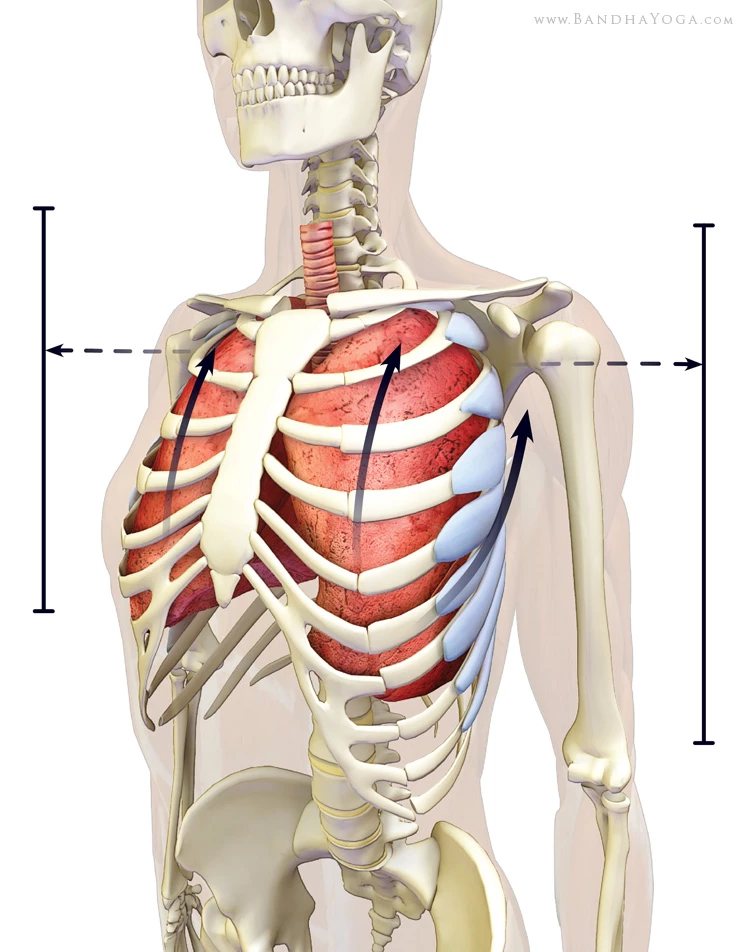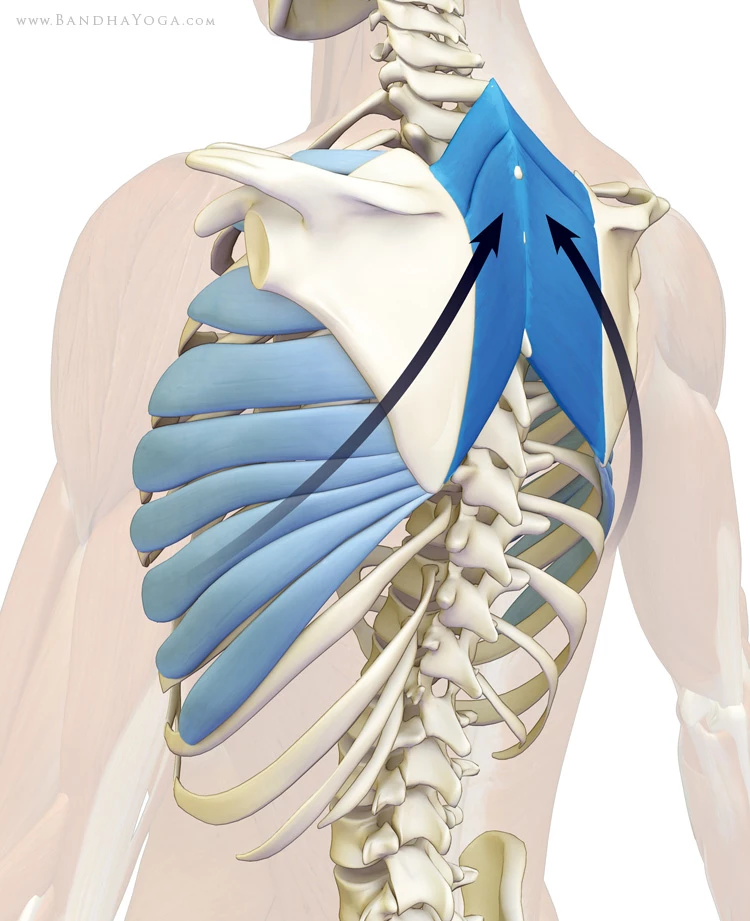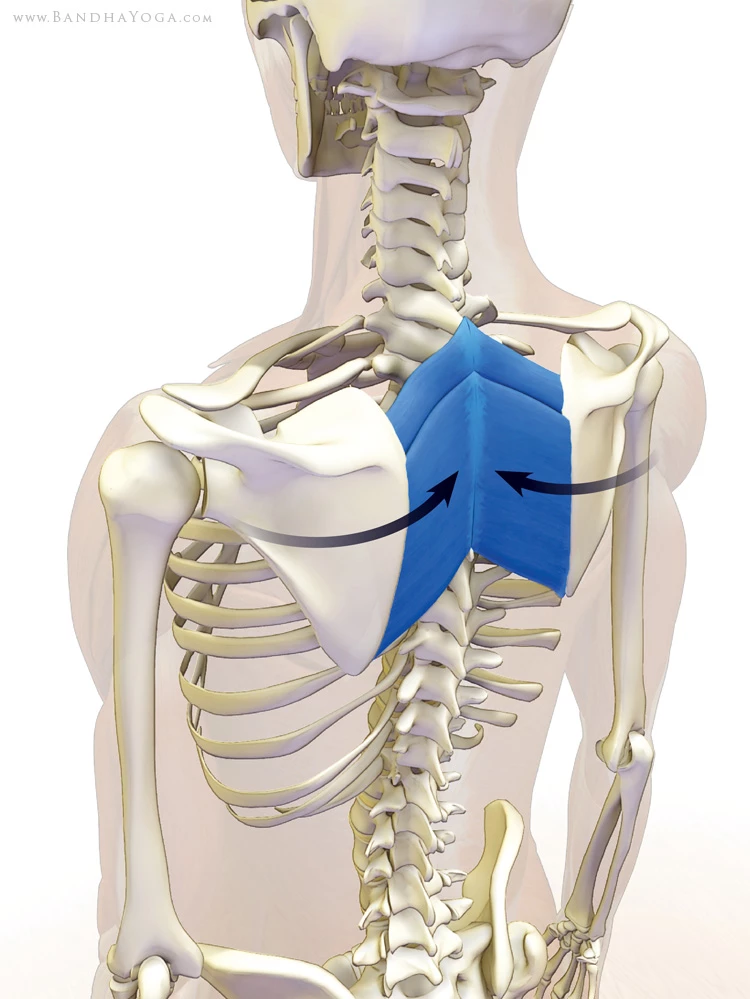Dr. Ray Long: How to Enhance Your Breathing Capacity During Yoga
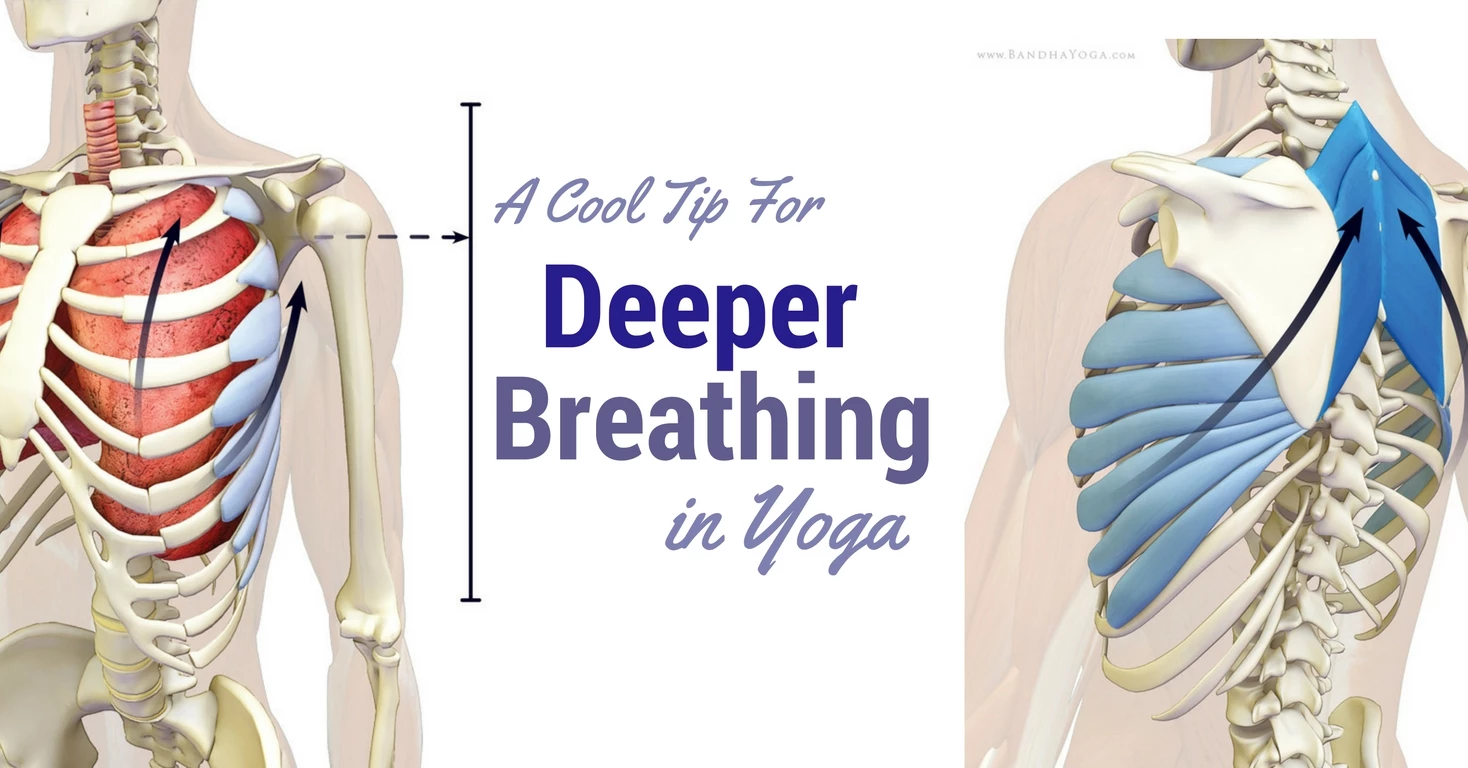
Article At A Glance
Would you like to experience effortless, energized breathing throughout your day? Daily Bandha’s Dr. Ray Long shares a cool tip to activate the accessory muscles in our yoga practice to help accomplish this.
I studied yoga for an extended period at the Ramamani Iyengar Memorial Yoga Institute in Pune, India. The Iyengars are true world experts in yogic breathing.
During my time there, I was exposed to the great teachings of pranayama from BKS Iyengar, daughter Geeta, and son Prashant. These classes were amazing; their effect would last for days.
How to Enhance Your Breathing Capacity During Yoga
I continued to practice Pranayama when I returned from India and gradually developed an understanding of the art. During this process, I used my medical training to analyze the breathing techniques. I found that I could use Western science to amplify the effects of Pranayama.
Now, part of Pranayama involves breathing deeply. The body has a group of muscles that it recruits when we need to take deeper breaths, say after running a sprint. Recruiting these muscles expands the chest to a greater extent than when using the diaphragm alone. The result is increased inspiratory volume and improved lung ventilation (on the alveolar level).
It occurred to me that intentionally engaging these breathing muscles would augment the volume of my inhalations during Pranayama and Asana practice. So, I developed a series of cues to activate the various accessory muscles and incorporated them into my practice.
The effect was immediate and amazing. After my yoga practice was finished and throughout the day, my breathing felt effortless, leaving me energized. How cool is that?
Deeper Breathing: Here’s the Anatomy
(Pictured left-Activating the serratus anterior to expand the lungs.)
So, here’s a cue for activating one of my fave accessory muscles—the serratus anterior (SA) and his buddies, the rhomboids.
Pause for a second. Rest your hands on your thighs. Now, exhale naturally and then gently draw the shoulders back to bring the scapulae (shoulder blades) towards the spine. As you inhale, imagine pressing the sides of your shoulders and upper arms against an imaginary wall, like a doorframe. Feel how this expands your chest. Repeat this cue two more times before reading on.
OK, Welcome Back…..
The rhomboids (major and minor) originate from the spinous processes of cervical vertebrae six and seven and thoracic vertebrae one through four. They insert onto the medial border of the scapula and act to stabilize and draw the shoulder blades towards the midline. The serratus anterior originates from ribs one through nine and inserts on the inside of the entire medial border of the scapula. If the scapula is fixed (by engaging the rhomboid), then contracting the serratus anterior lifts and expands the ribcage. Just focus on this action for the moment. (When the shoulder blade is released, the serratus anterior rotates and moves the scapula laterally—but that’s another blog post.)
Ok, now repeat the steps from above—take a relaxed exhale, then draw the scapulae towards the midline and stabilize them there using the rhomboids (feel how this expands the chest forward). Then, as you inhale, attempt to press the shoulders outwards against an imaginary wall. Take a relaxed exhalation and repeat two more times.
(Pictured left-Rhomboids stabilizing the scapulae.)
Do you notice how it’s easier to engage these muscles the second time around? That’s why I asked you to take a break, read about the anatomy, and then try it again. During the brief period you were reading, your unconscious brain formed new circuitry to activate these important muscles more efficiently.
Use this cue when you practice. For example, as you do Surya Namaskar, when you inhale to raise your arms overhead from Tadasana, imagine pressing the shoulders outwards against a wall. Try it in other poses as well, such as Urdva Mukha Svanasana (Upward-Facing Dog), Adho Mukha Svanasana (Downward-Facing Dog), and so on. This technique is especially effective for Vinyasa Flow—you will be floating!
Reprinted with permission from thedailybandha.com
 Author, Ray Long MD, FRCSC, is a board-certified orthopedic surgeon and the founder of Bandha Yoga. Ray graduated from The University of Michigan Medical School with post-graduate training at Cornell University, McGill University, The University of Montreal, and Florida Orthopedic Institute. He has studied hatha yoga for over twenty years, training extensively with B.K.S. Iyengar and other leading yoga masters.
Author, Ray Long MD, FRCSC, is a board-certified orthopedic surgeon and the founder of Bandha Yoga. Ray graduated from The University of Michigan Medical School with post-graduate training at Cornell University, McGill University, The University of Montreal, and Florida Orthopedic Institute. He has studied hatha yoga for over twenty years, training extensively with B.K.S. Iyengar and other leading yoga masters.
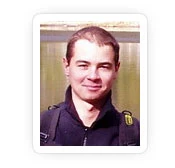
3D Graphic Designer / Illustrator Chris Macivor has been involved in the field of digital content creation for well over ten years. He graduated from Etobicoke School of the Arts, Sheridan College and Seneca College. Chris considers himself to be equally artistic and technical in nature as such his work has spanned many genres, from film and television to videogames and underwater imagery.


